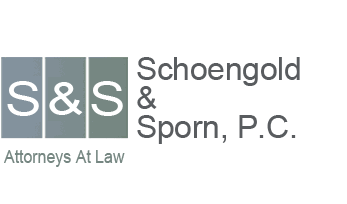








What Is a Class Action?
A class action is brought by an investor or consumer--not only on behalf of himself--but on behalf of all other similarly situated investors or consumers (i.e., the “Class”). The other investors can be people who purchased stock in the same public offering as the named plaintiff or people who purchased stock in the same time period. Similarly, other consumers are people who were harmed by the same alleged product defect.
How Can We Afford To Pay For The Litigation?
You don’t have to. The team of specialized lawyers with Schoengold & Sporn handle all of their cases on a contingency fee basis. This means that they will not be paid for their services unless and until there is a recovery. Then and only then will lead counsel apply to the court for a percentage of the recovery obtained and for reimbursement from the recovery of the expenses incurred in the litigation, none of which you will be personally responsible for. Thus, there are no out-of-pocket costs to you to pursue these cases. In addition, the costs and expenses incurred by fund counsel in connection with the case can be included in the fee request.
What Is Securities Fraud?
Publicly traded companies disseminate huge amounts of information on a regular basis. When the information is truthful and accurate, the company’s stock price is fairly valued. However, when the information is false or fails to disclose all relevant information, the stock price can become artificially inflated (or in some cases deflated). When this is done intentionally or recklessly, the misinformation can rise to the level of securities fraud.
What Is a Lead Plaintiff?
A lead plaintiff is the person or group of persons whom the court designates to prosecute the securities class action on behalf of the entire Class. Generally, the lawyers selected by the lead plaintiff are approved by the court as lead counsel to pursue the litigation.
How Can We Become a Lead Plaintiff?
Under the Private Securities Litigation Reform Act of 1995, the first plaintiff to file a federal securities fraud class action lawsuit must publish a notice of pendency of the lawsuit in a widely circulated business-oriented news publication. Other investors have 60 days from the date of the first-published notice to seek the court’s permission to serve as lead plaintiff.
ATTORNEY ADVERTISING. Prior results do not guarantee a similar outcome. Privacy Policy & Disclaimer
© Copyright , Schoengold & Sporn, P.C., All Rights Reserved.